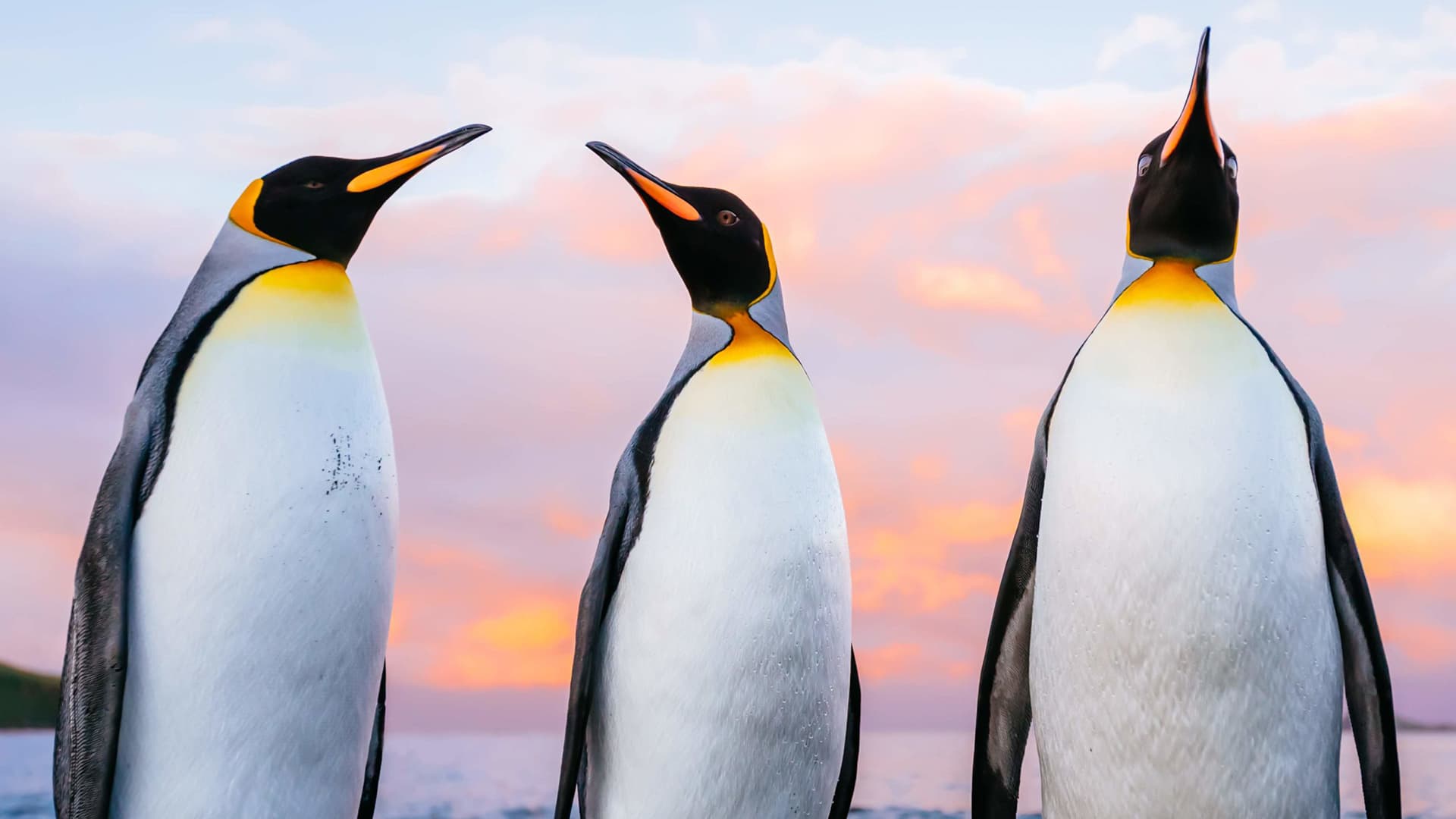The Falkland Islands and South Georgia are iconic islands situated at the gateway to the Antarctic Peninsula, on the threshold of the Atlantic and Southern Oceans. Each harbors a truly exceptional array of wildlife that, thanks to successful conservation efforts, has returned from the brink of the intensive overexploitation in the early 19th and 20th centuries.
From towering colonies of penguins that blanket the shores to graceful albatrosses soaring over the turbulent waters, this corner of the world offers a front-row seat to some of the world’s most extraordinary displays of wildlife. Join us as we embark on a journey through this haven of biodiversity, where each creature and every encounter tells a compelling story of adaptation, survival, and the profound beauty of the natural world in the Sub-Antarctic.
Ready to head south? Join EYOS in South Georgia and email info@eyos.com for details.
Elephant Seals
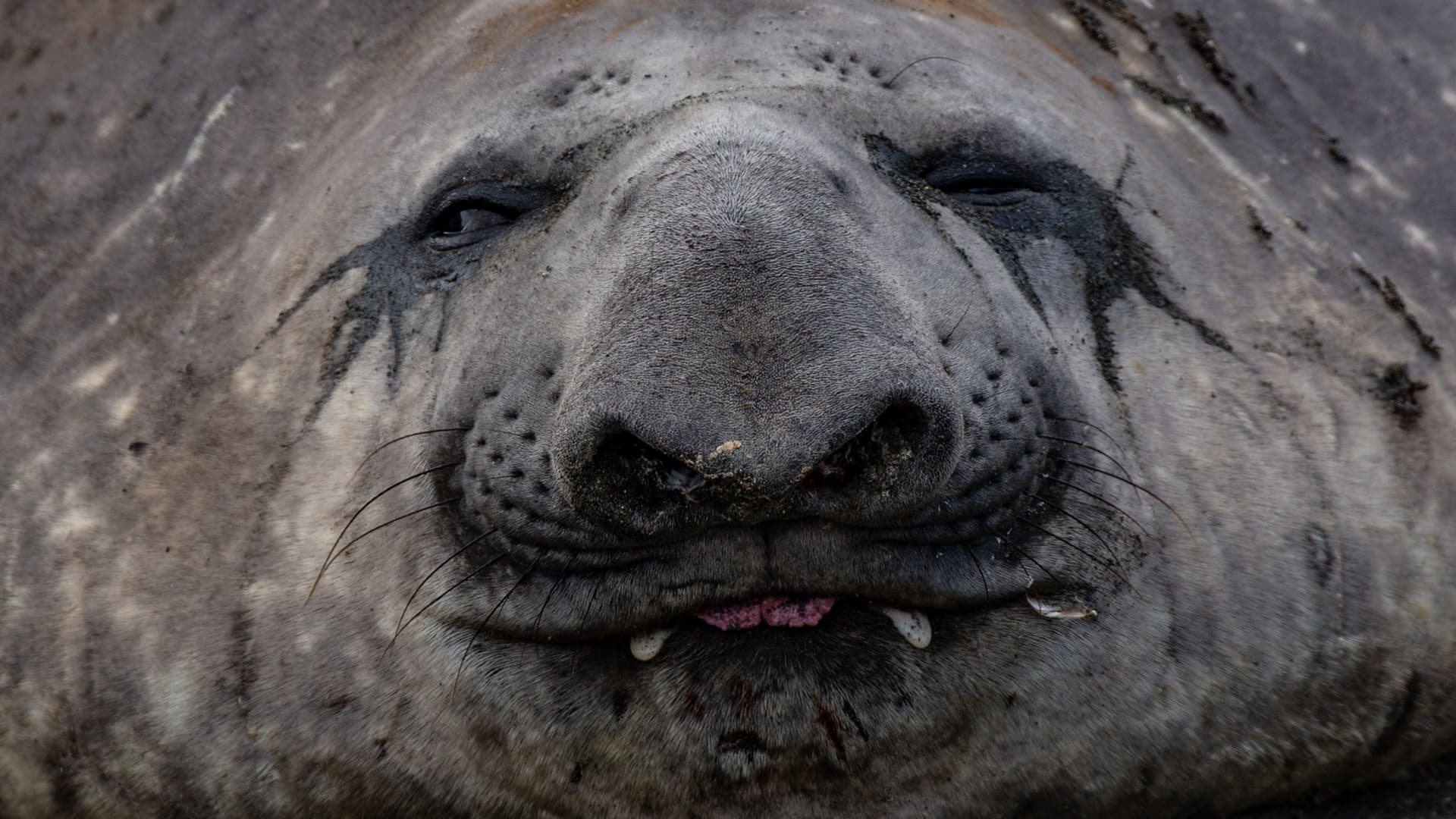
Named for their trunk-like inflatable noses (proboscis), elephant seals are the largest seals on Earth, with males often weighing up to 8,800 pounds and measuring over 16 feet in length. What truly sets elephant seals apart is their remarkable diving ability; they can plunge to astonishing depths of over 5,000 feet and remain submerged for up to two hours, thanks to their exceptional adaptations like a high blood volume and a remarkable tolerance for high levels of carbon dioxide. These seals also undertake epic migration journeys, traveling thousands of miles to reach their breeding and feeding grounds. During the breeding season, male elephant seals engage in intense battles for dominance, showcasing their distinctive proboscis with roaring calls.
Wandering Albatross
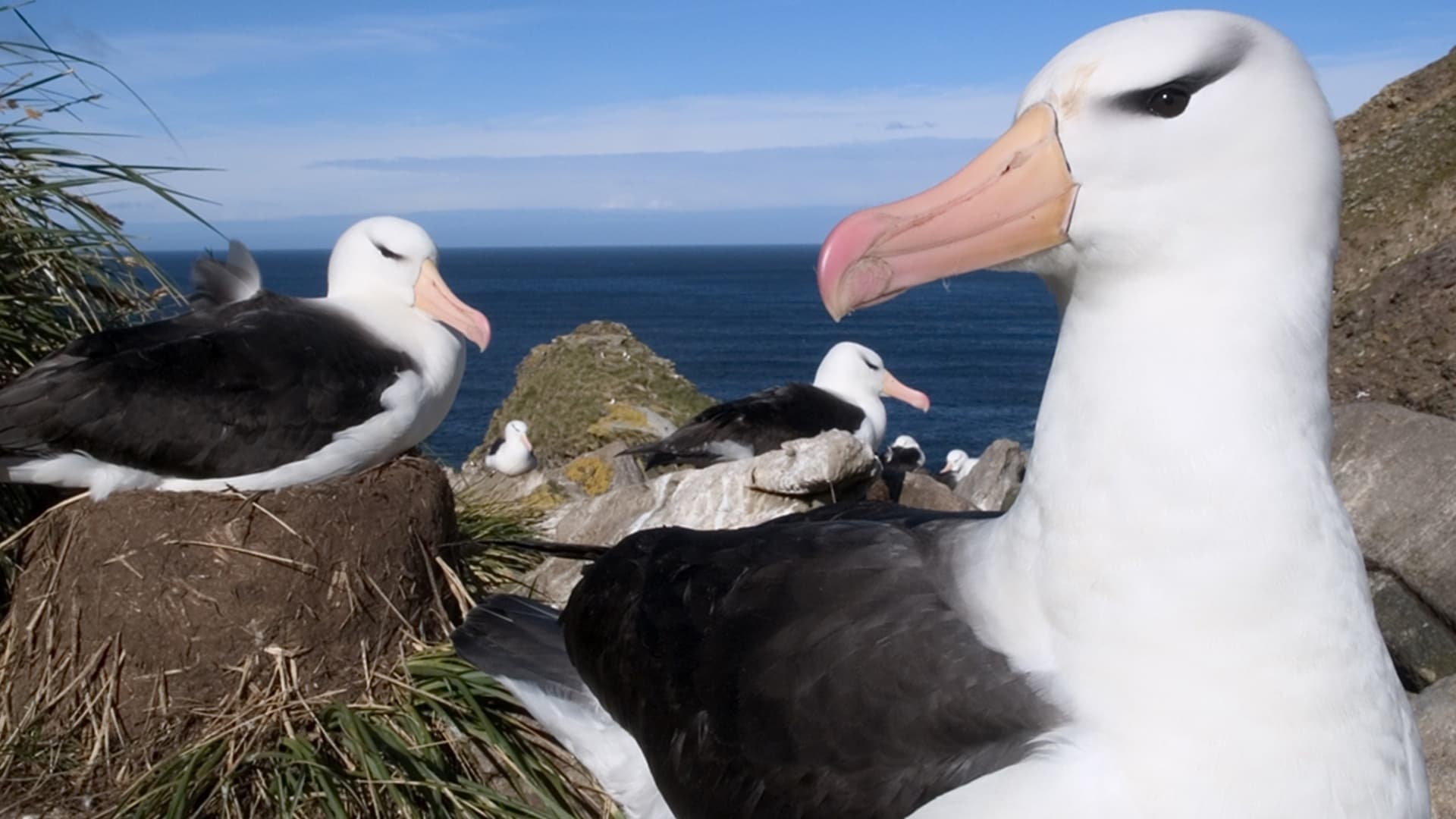
With the largest wingspan of any bird, spanning up to 11 feet, these albatrosses possess an effortless gliding ability that allows them to cover vast distances with minimal energy expenditure. Their remarkable adaptation to life at sea is evident in their ability to traverse thousands of miles over weeks or months, often circumnavigating the entire globe in search of food. Their keen sense of smell helps them locate food sources like squid and fish, even over vast stretches of open ocean. For their brief periods on land, the wandering albatross is known for its intricate courtship rituals and lifelong monogamous bonds. These birds often breed on remote islands like the Falklands, where they construct large, intricate nests to raise their chicks. With their captivating aerial prowess and unique breeding behaviors, the wandering albatross stands as a symbol of nature’s astonishing adaptability and the marvels of the open ocean.
(Tens of thousands of) King penguins
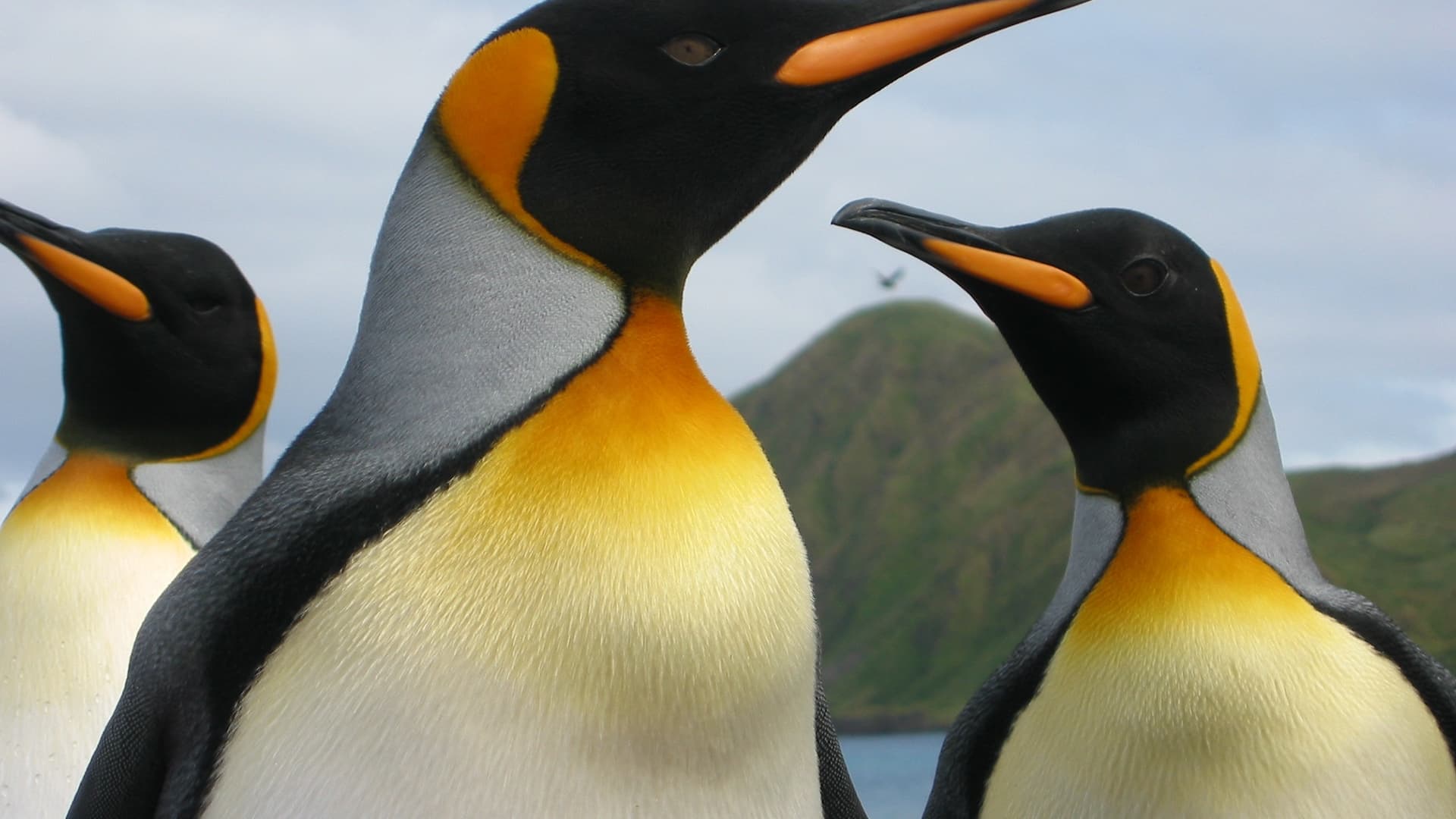
With their striking black and white plumage, vibrant orange markings on their necks, and a splash of color on their beaks, they exude an air of elegance. These penguins are the second-largest species of penguin, after the Emperor penguin, and they boast a unique upright posture that sets them apart when on land. Their large and bustling colonies showcase their social nature, where thousands of individuals gather to breed, incubate eggs, and rear their chicks. What truly makes king penguins remarkable is their parenting strategy: instead of building nests, they carry their eggs on their feet using a specialized flap of skin to keep the egg warm. This adaptation enables them to withstand the harsh Antarctic climate. The king penguin’s life cycle is finely tuned to the availability of food, as they venture far into the frigid waters in search of fish and squid, covering impressive distances during their foraging trips. Their unique blend of striking physical features, social behaviors, and ingenious parenting techniques makes king penguins an enchanting emblem of the polar regions they inhabit.
Antarctic fur seals
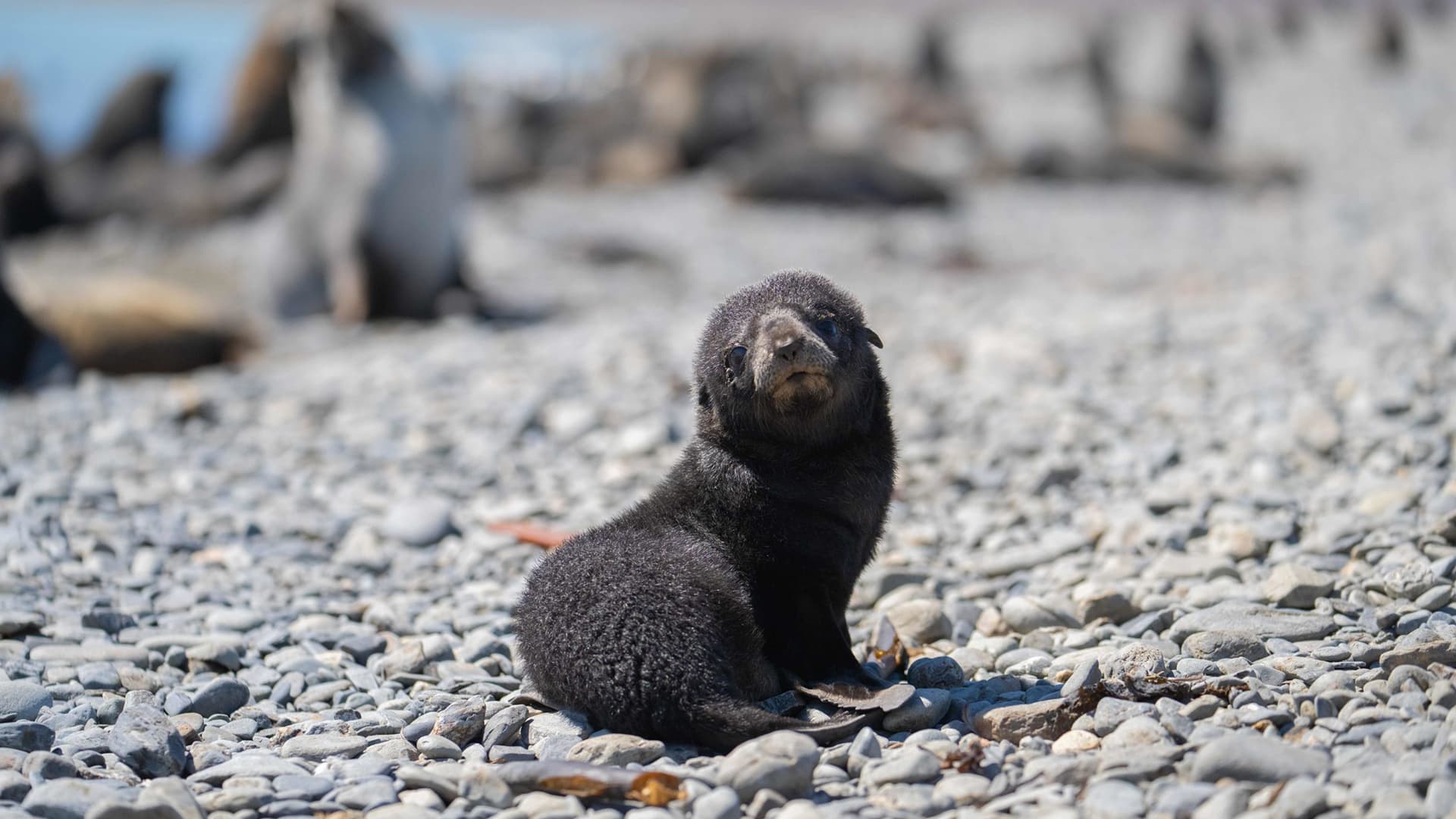
These seals are named for their luxurious fur coats, which once drove them to the brink of extinction due to intense hunting during the 19th century. Today, their populations have rebounded, and they’re recognized for their unique reproductive behaviors. During the breeding season, massive colonies form along the shores of islands like South Georgia, creating a bustling hub of activity. Male seals establish territories and compete fiercely for mates, their raucous calls echoing across the landscape. Female seals give birth to pups and nurture them for several weeks before embarking on a challenging foraging journey at sea, leaving their young ones temporarily behind. Antarctic fur seals are also notable for their ability to traverse vast distances in search of prey, diving to significant depths in pursuit of fish and squid. Their resilience in enduring harsh climatic conditions and their intricate social structure, combined with their pivotal role in the ecosystem, make Antarctic fur seals a symbol of adaptability and the ongoing preservation efforts in these remote regions.
The World’s Largest Whale Species
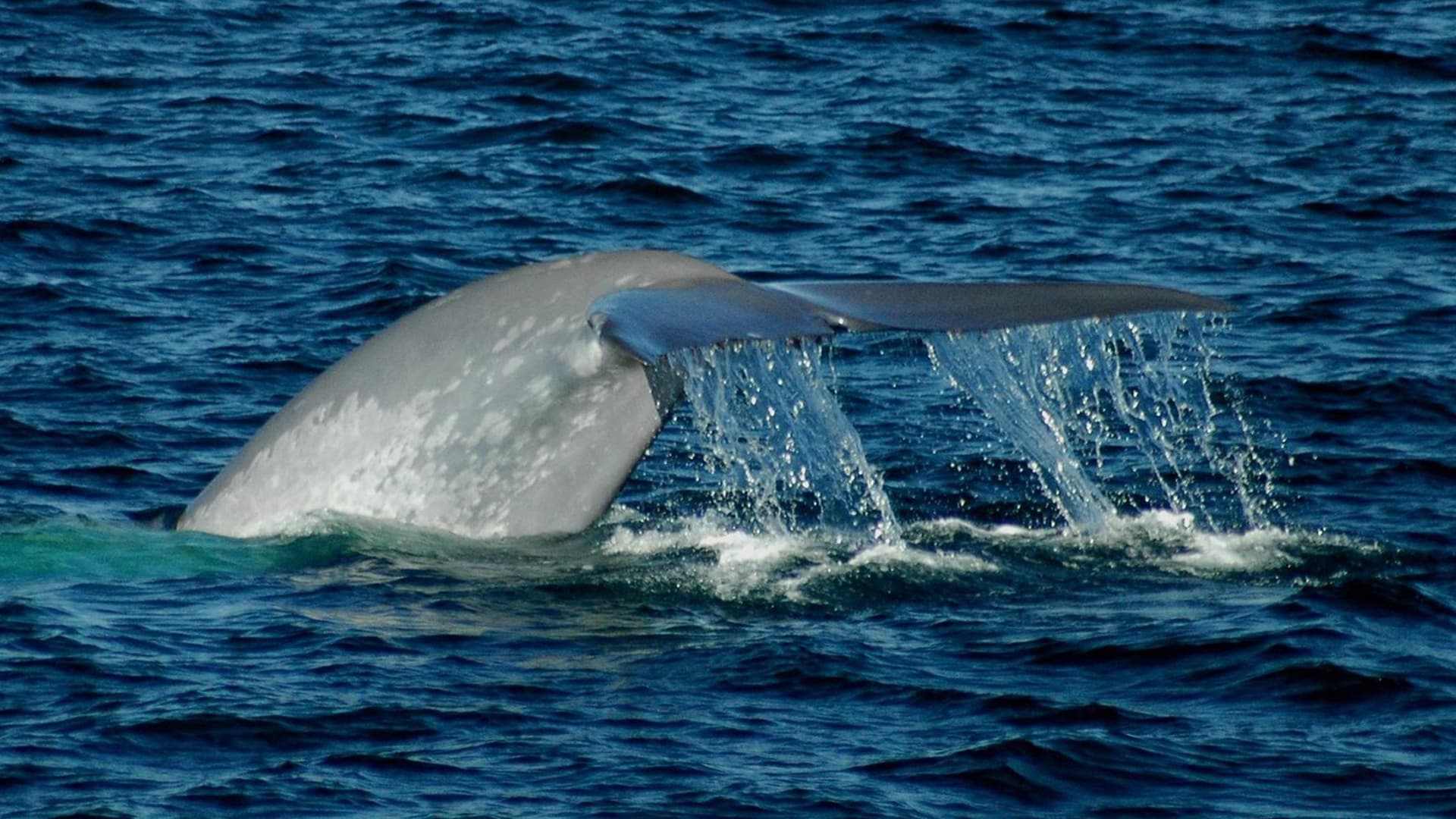
Blue whales are gentle giants, renowned for their serene and graceful movements, can reach lengths of up to 100 feet and weigh as much as 200 tons. What truly sets them apart is their astonishingly loud vocalizations, which can be heard across great distances and are thought to play a crucial role in communication and mating rituals. Despite their massive proportions, blue whales sustain their immense size by consuming krill, tiny shrimp-like creatures that are found in staggering quantities in the Southern Ocean and form the basis of the entire ecosystem. They filter feed by engulfing large mouthfuls of water and then expelling it through baleen plates, trapping krill for consumption. Remarkably, their tongues alone can weigh as much as an elephant, and they have hearts the size of a small car, an adaptation necessary to circulate blood throughout their vast bodies.
